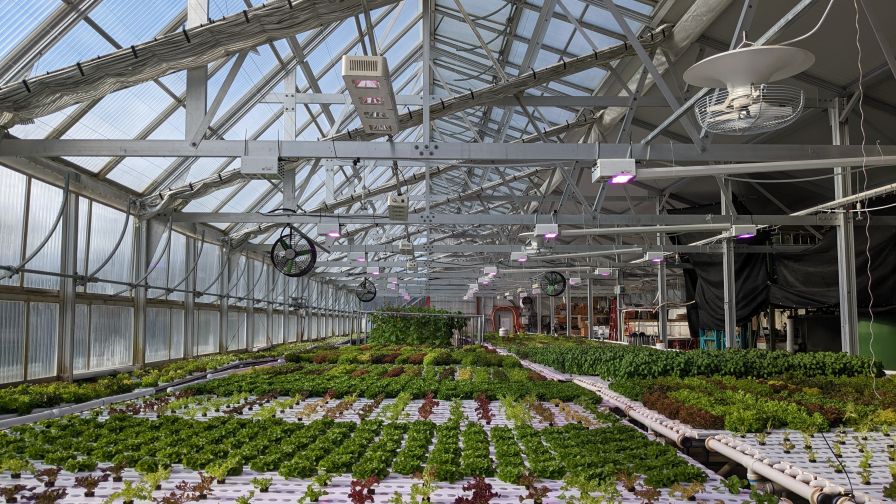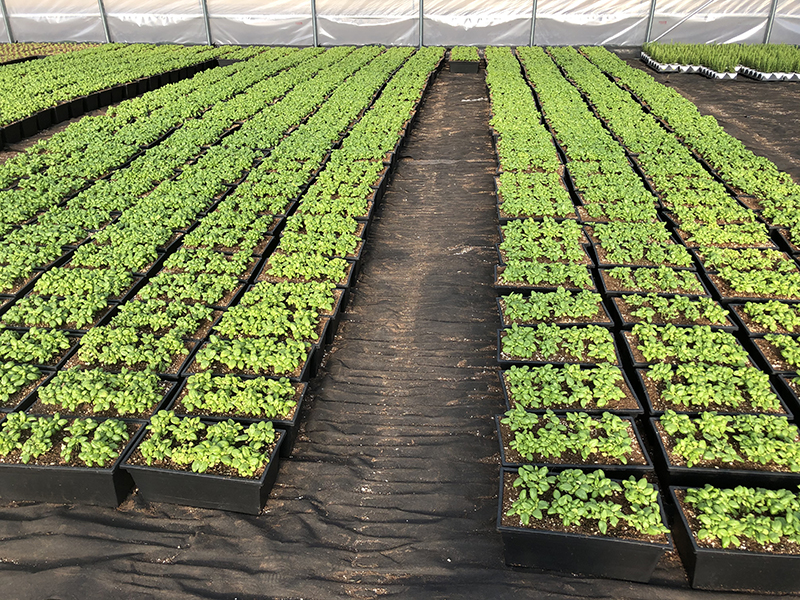How the Greenhouse Industry Is Quantifying Climate-Smart Practices

Photo: Gretchen Schimelpfenig
When the USDA launched a new initiative in early 2022 to fund the production of climate-smart commodities, it defined climate-smart crops as “an agricultural commodity that is produced using farming, ranching, or forestry practices that reduce greenhouse gas emissions, or sequester carbon.”
What this definition doesn’t include, and what might give the controlled-environment agriculture (CEA) industry an advantage, is how these practices are quantified.
“Anyone can say they are climate smart, but how and by how much is important,” says Gretchen Schimelpfenig, a Senior Energy Engineer at Energy Resources Integration, LLC. “I think that in the next two years, we’re going to see more effort put towards quantifying what climate-smart farming means.”
Derek Smith, Executive Director of the Resource Innovation Institute (RII), says growing operations need to understand how to create their own baseline so they can establish a roadmap for improvement.
“When you can establish your own baseline and compare yourself year over year and understand how you’re trending and which practices you’ve deployed, you’re able to generate the outcomes you want,” Smith says. “Taking it a step further, what’s even better is if you can compare how you’re doing to industry benchmarks.”
Learn more about this topic and others in “Climate Smart Farming”, the latest Global Insight Series digital report from the editorial team at Meister Media Worldwide, that looks at how and why climate and agriculture go hand in hand. As the climate shifts and begins doling out extreme weather on a more regular basis, it’s imperative that growers mitigate their innate vulnerability as much as possible by incorporating smart practices. The aim of climate-smart farming is to help growers adapt to and manage the risks associated with the changing climate, while creating more resilient, healthier, productive acreage to help sustainably feed a growing world population. This report looks at the ways in which the agriculture industry is currently being impacted as well as how to incorporate climate smart practices.
Find the full report here, and read past reports here.









